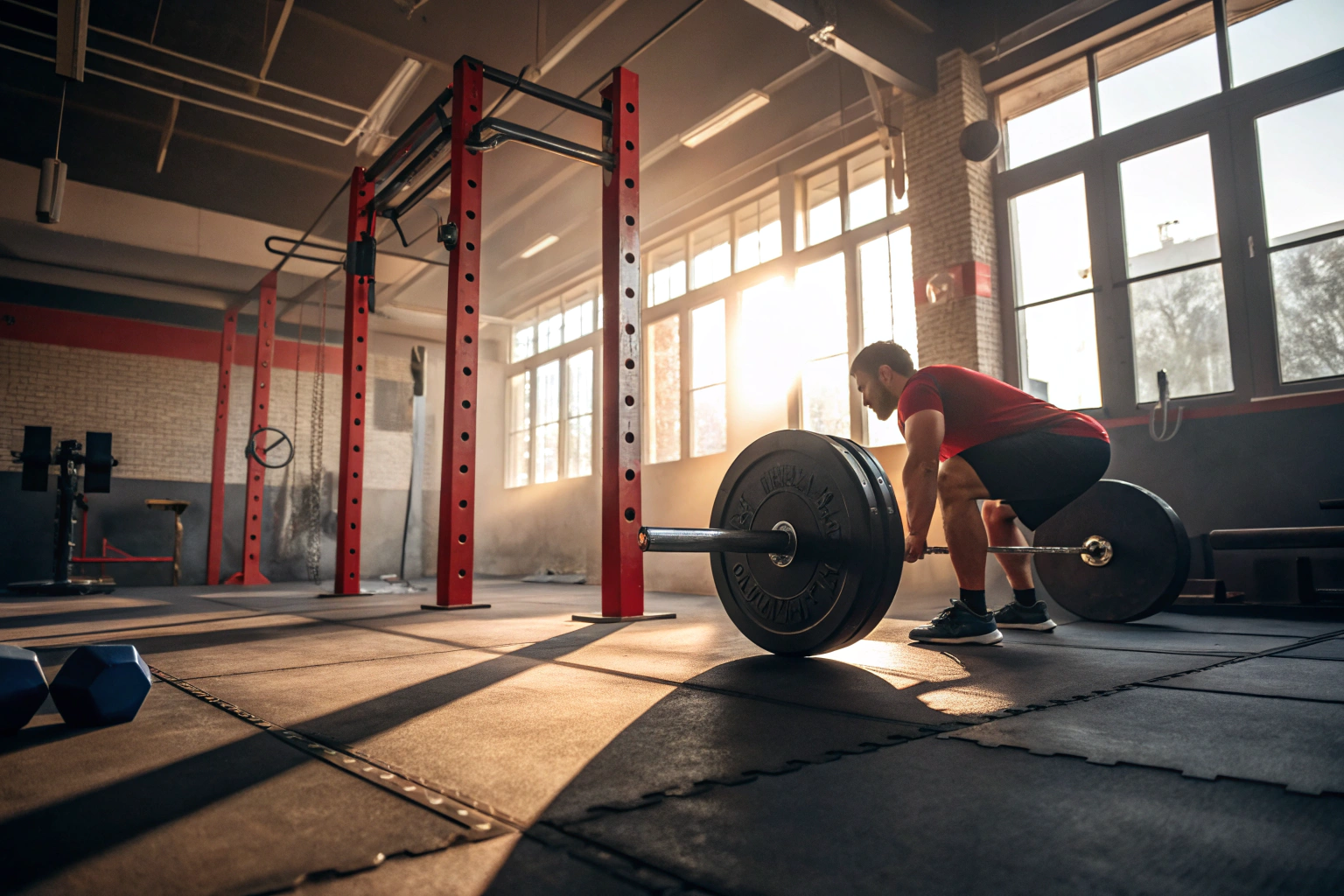How to Properly Maintain and Clean Your Weightlifting Gear
Weightlifting gear is an essential investment for anyone serious about their fitness journey. From lifting belts and wrist wraps to gloves and shoes, proper care not only extends the lifespan of your equipment but also ensures hygiene and safety during workouts. If you’re curious about what makes certain gear stand out, check out how Rip Toned Fitness chooses the best weightlifting gear. Their insights can guide your purchase decisions, but once you have your equipment, maintaining it properly is key.
Why Proper Maintenance of Weightlifting Gear Matters
Weightlifting gear undergoes intense physical stress and exposure to sweat, dirt, and bacteria. Without regular cleaning and care, the material can degrade, lose its grip, or develop unpleasant odors. Poorly maintained gear can also lead to skin infections or reduce the effectiveness of your support equipment, increasing the risk of injury.
Step-by-Step Guide to Cleaning Your Weightlifting Gear
1. Understand Your Gear’s Material
Weightlifting gear is typically made from leather, neoprene, cotton, or synthetic blends. Each material requires different cleaning methods. For example, leather belts need to be wiped down and conditioned, while fabric wraps can often be machine washed.
2. Regular Wiping and Airing Out
After each workout, wipe down your gear with a clean, damp cloth to remove sweat and grime. Avoid soaking the gear, especially leather items. Always air out your gear in a well-ventilated space to prevent moisture buildup and bacterial growth.
3. Washing Fabric Gear
For wrist wraps, gloves, and some straps, machine washing on a gentle cycle with mild detergent is usually safe. Use a mesh laundry bag to protect the gear and avoid fabric softeners as they can reduce elasticity. Always air dry these items to maintain shape and durability.
4. Cleaning Leather Equipment
Leather belts and straps require special attention. Use a damp cloth to clean the surface, then apply a leather conditioner to keep the material supple. Avoid submerging leather in water or using harsh chemicals, as these can cause cracking and damage.
5. Inspect and Repair Regularly
Maintenance isn’t just about cleaning. Regularly check your gear for signs of wear such as fraying, loose stitching, or cracks. Address minor repairs promptly to avoid further damage and ensure your equipment continues to provide the necessary support.
Additional Tips to Extend the Life of Your Weightlifting Gear
- Rotate your gear: If you train frequently, consider having multiple sets of wraps or gloves to alternate between uses.
- Store properly: Keep your gear in a cool, dry place away from direct sunlight to prevent material deterioration.
- Use protective sprays: For some synthetic and leather materials, antimicrobial sprays can help reduce odor and bacterial buildup.
- Follow manufacturer instructions: Always refer to the specific care guidelines provided with your gear for best results.
By taking the time to properly maintain and clean your weightlifting gear, you’ll enjoy better performance, increased comfort, and longer-lasting equipment. Incorporate these best practices into your routine, and your gear will continue to support you through countless lifts and gains.

Leave a Reply